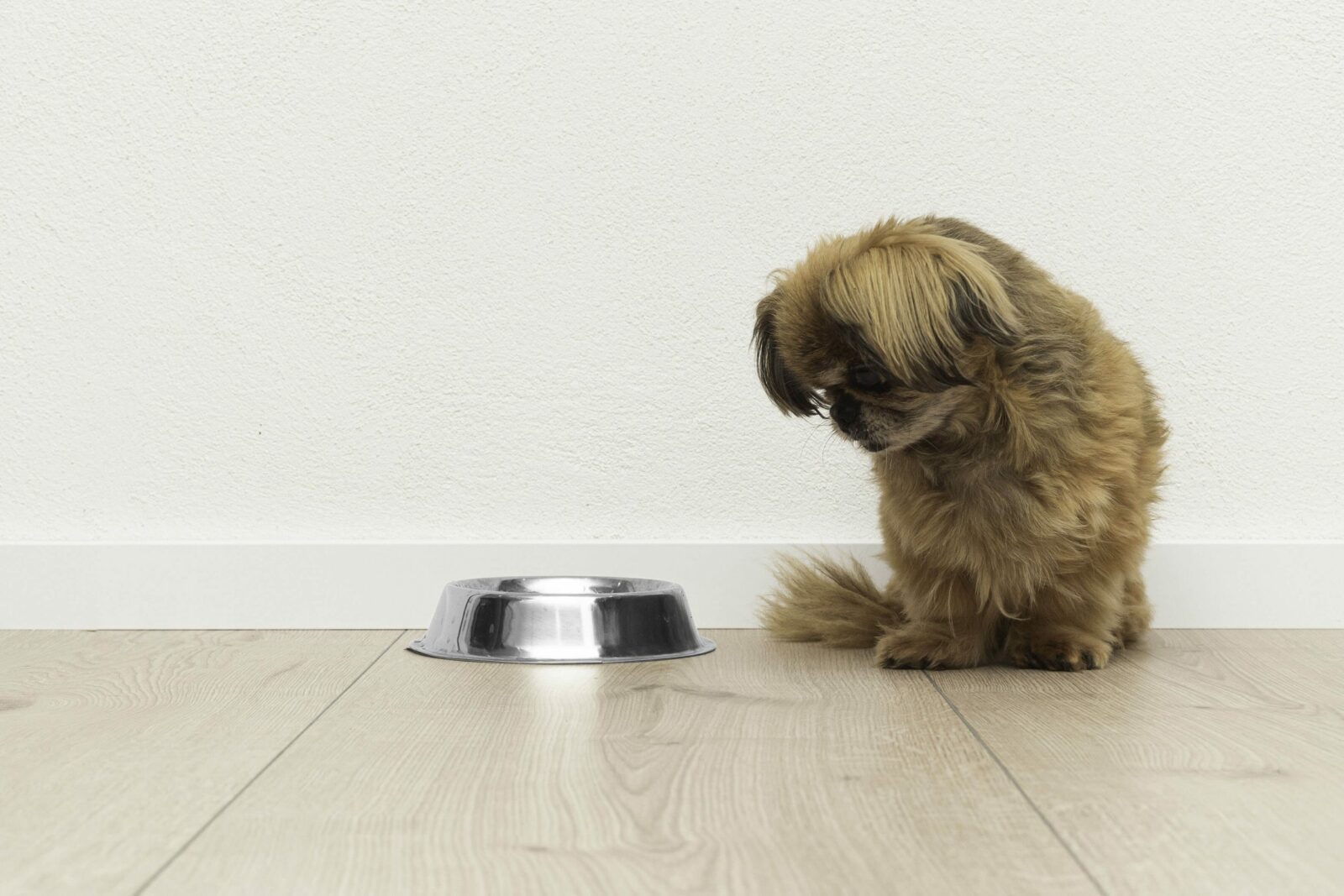Blog, Cancer, General dog nutrition
How to encourage an ill dog to eat: Tips for appetite loss
Updated February 2024, by Kristina Johansen
Dogs with medical conditions often don’t feel well and will not eat their food or may develop food aversion to a diet they’re currently eating. There’s no one-size-fits-all solution, but hopefully, the following tips and tricks can help encourage your dog to eat.
If your dog has stopped eating entirely, please consult your vet.
- Do not attempt to force-feed your dog.
Offering more food when a dog is feeling sick may result in the dog associating feeling ill with the food they’re eating. This can create food aversions, and when your dog feels better, they might not want to eat the prescription diet. - Start small and go slow.
If your dog is feeling nauseous and vomiting, feed them a quarter of their daily food intake and gradually increase this depending on their progress. - Provide plenty of water.
Dehydration is uncomfortable and dangerous. Make sure your dog is well hydrated. - Try a home-prepared diet.
Most dogs prefer a home-prepared diet over commercial food, so if possible, switch. It’s important not to make up a diet based on recipes from non-professional sources. Make sure you’re getting guidance from a nutrition professional. - Be flexible
Sometimes, it’s better to eat some of the wrong foods than none of the right foods. Try a chicken nugget or cheeseburger. Feeding the odd food not on the menu can sometimes help break the pattern of refusing to eat. - Add a meal topper.
Flavour enhancers can encourage the dog to eat. Most dogs prefer stronger smells. Try grating a little parmesan cheese on top of the food; a drizzle of chicken broth, melted vanilla ice cream, or canned tuna juice also works well. The smallest amounts possible should be used. - Change the food bowl and feeding area.
If your dog is nauseous and vomiting, they might associate this with an area or the bowl they were fed from. An easy solution might be to change the feeding location and food bowl. - Offer foods with different textures.
Dogs have far fewer taste buds than humans, so texture plays a crucial role in terms of palatability. If you usually feed your dog mashed sweet potato, try roast potato cubes or diced lamb instead of lamb mince and vice versa. If dry kibble is their typical diet, try wet food. - Change the temperature of the food.
Warm it up or serve it cold. Some dogs prefer fresh foods at room temperature, while others prefer foods straight out of the fridge. - Feed little and often.
Large volumes of food can increase nausea and increase the risk of vomiting. You can offer your dog small meals more often instead. - Do not give up.
Dogs are surprisingly good at reading human body language. Feeding dinner with a bit of anxiety and worry is unlikely to give positive results. Try some relaxed cuddle time, and belly scratches 5 minutes before feeding.

